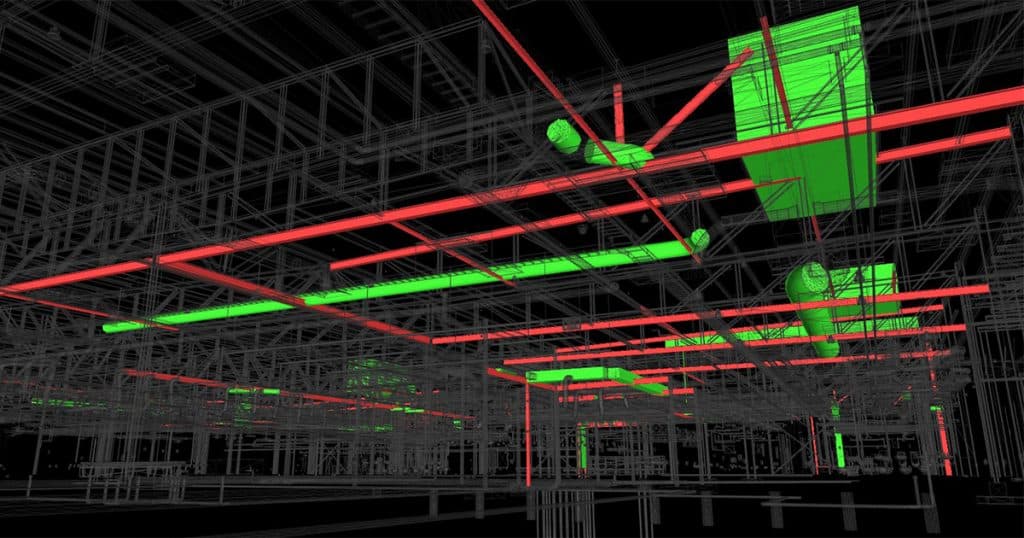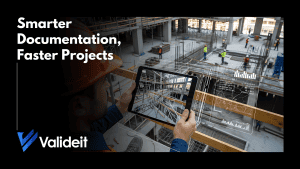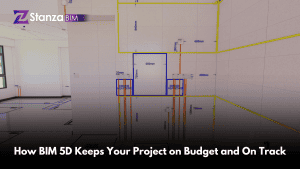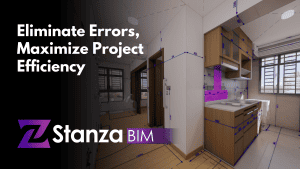Amidst the dynamic landscape of modern construction practices, clash detection in Building Information Modeling (BIM) emerges as a critical factor influencing project outcomes. Clash detection, an integral feature of BIM software, has the power to significantly impact project cost and timeline. By identifying and resolving conflicts within a project’s design before construction begins, clash detection plays a pivotal role in ensuring efficiency, minimizing rework, and ultimately saving both time and money.
At the heart of the matter lies the inherent complexity of construction projects. With numerous stakeholders involved, each contributing their expertise and design elements to the project, clashes between different components are almost inevitable. These clashes can range from spatial conflicts between structural elements to clashes between mechanical, electrical, and plumbing (MEP) systems. Left unresolved, these clashes have the potential to derail a project, leading to costly delays, rework, and budget overruns.

Here is where Clash Detections begin. By creating a digital model of the project that integrates all design disciplines, clash detection algorithms can identify potential conflicts between different elements of the design. This proactive approach allows project teams to address clashes early in the design phase when changes are more manageable and less expensive to implement. As a result, clash detection minimizes the risk of errors and rework during construction and contributes to significant cost and time savings.
One primary way clash detection impacts project cost and timeline is by reducing the need for onsite rework. Traditionally, clashes between different design elements would only become apparent during the construction phase, often leading to costly delays as teams scrambled to resolve the issues on site. With clash detection, these conflicts can be identified and addressed in the virtual environment of BIM before construction begins, minimizing the likelihood of costly rework and schedule disruptions.
Moreover, clash detection helps streamline the coordination process among different project stakeholders. By highlighting clashes between various design elements, clash detection facilitates communication and collaboration among architects, engineers, contractors, and subcontractors. This enhanced coordination reduces the risk of clashes and fosters a more efficient workflow, leading to smoother project execution and faster delivery times.
Furthermore, the ability to detect clashes early in the design phase allows for more accurate cost estimation and budget planning. By identifying potential conflicts upfront, project teams can allocate resources more effectively, account for any necessary design revisions, and avoid unexpected expenses later in construction. This proactive approach to cost management helps minimize the risk of budget overruns and ensures that projects are delivered within budgetary constraints.
The impact of clash detection on project cost and timeline must be balanced. By identifying and resolving conflicts early in the design phase, clash detection minimizes the risk of costly rework, delays, and budget overruns during construction. Moreover, clash detection streamlines coordination among project stakeholders enhances communication and facilitates more accurate cost estimation.










